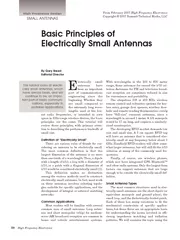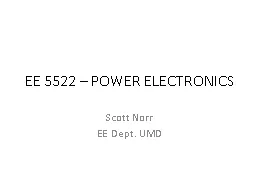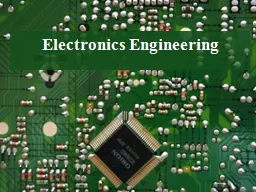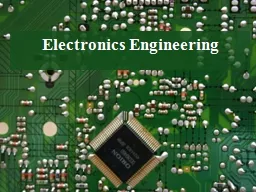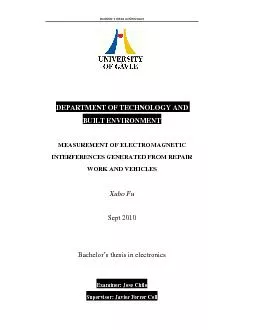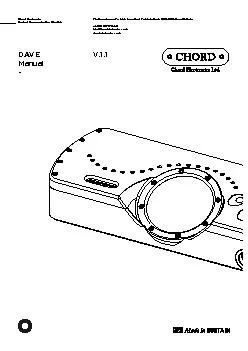PDF-High Frequency Electronics High Frequency Design SMAL
Author : ellena-manuel | Published Date : 2015-06-07
Whether they are small compared to the extremely long wave lengths used at the low est radio frequencies or intended to save space in GHzrange wireless devices the
Presentation Embed Code
Download Presentation
Download Presentation The PPT/PDF document "High Frequency Electronics High Frequenc..." is the property of its rightful owner. Permission is granted to download and print the materials on this website for personal, non-commercial use only, and to display it on your personal computer provided you do not modify the materials and that you retain all copyright notices contained in the materials. By downloading content from our website, you accept the terms of this agreement.
High Frequency Electronics High Frequency Design SMAL: Transcript
Download Rules Of Document
"High Frequency Electronics High Frequency Design SMAL"The content belongs to its owner. You may download and print it for personal use, without modification, and keep all copyright notices. By downloading, you agree to these terms.
Related Documents

